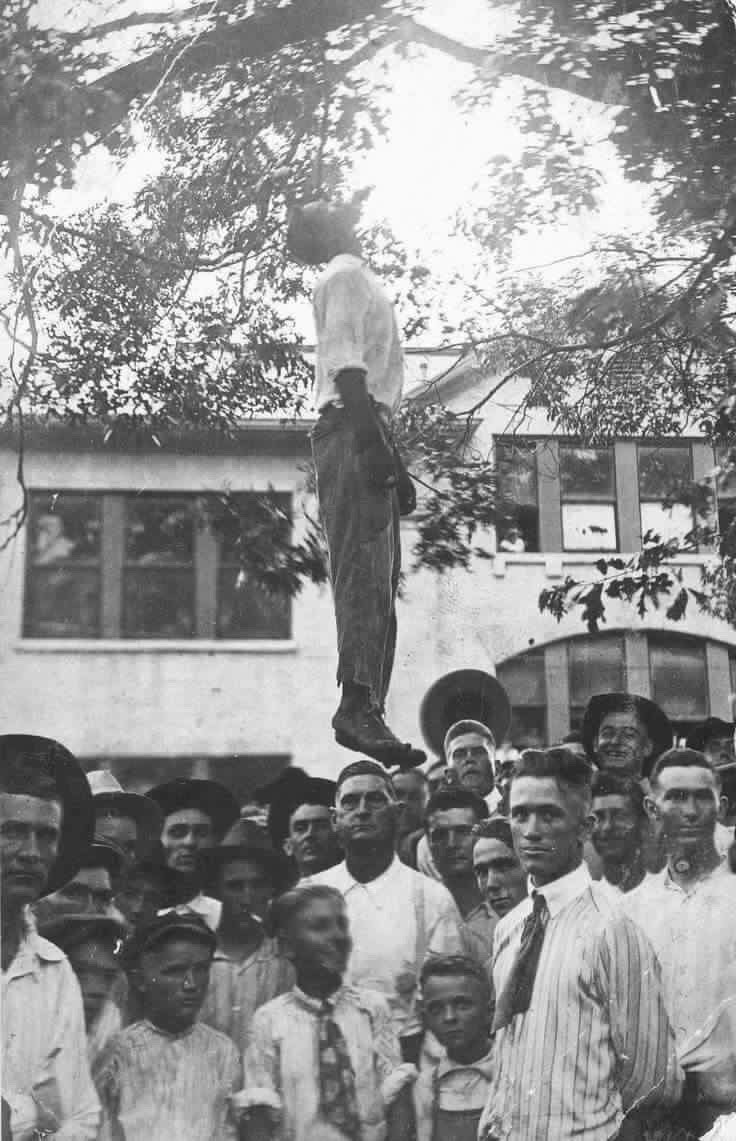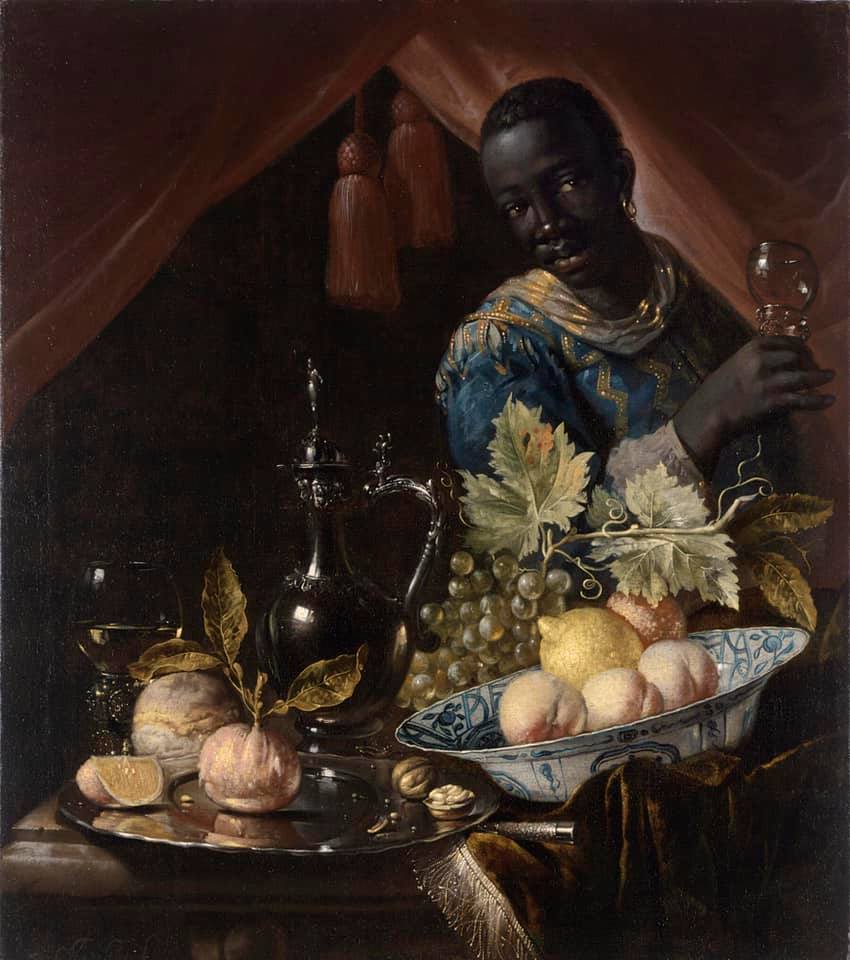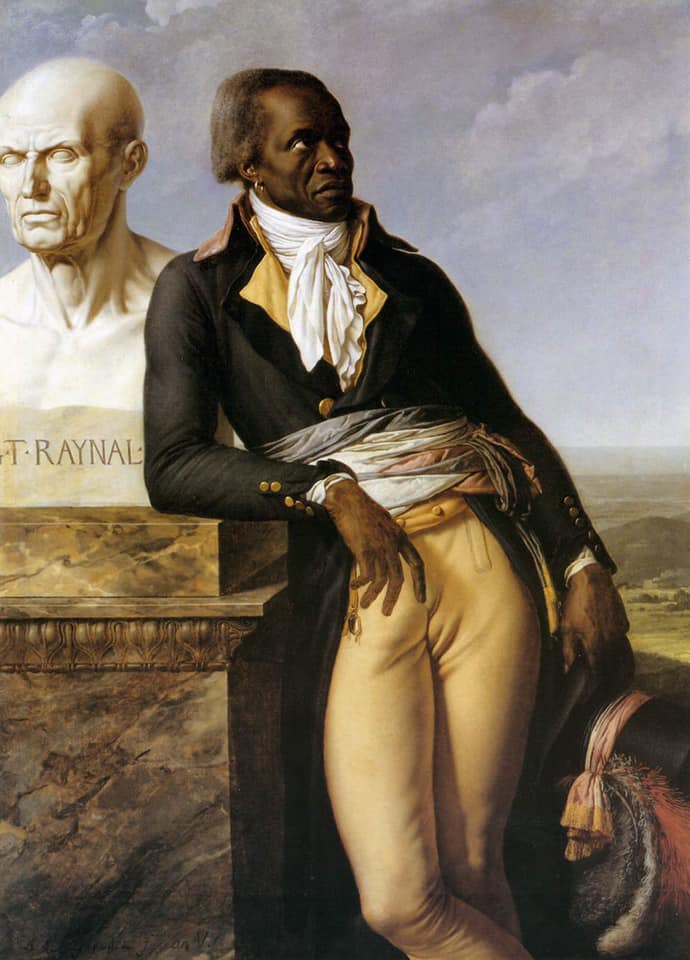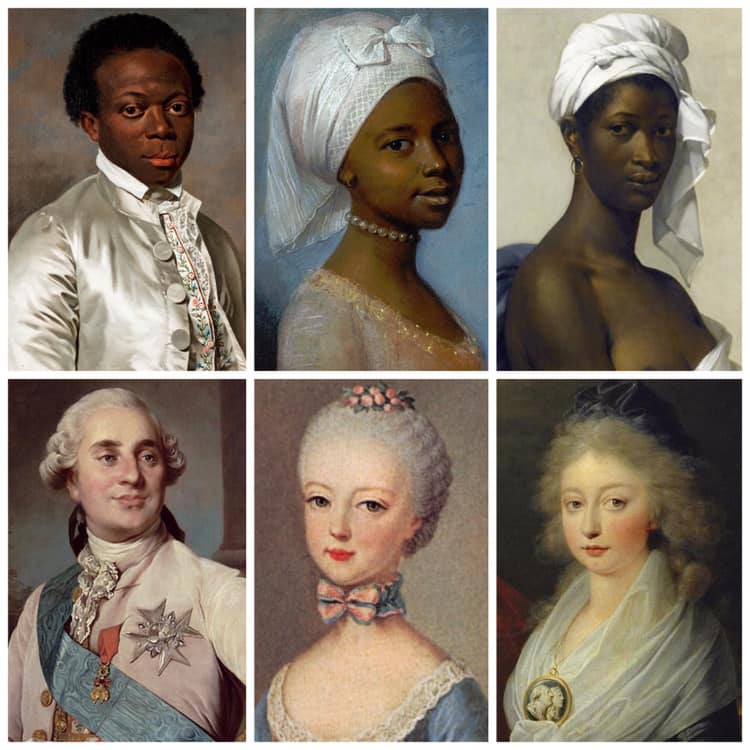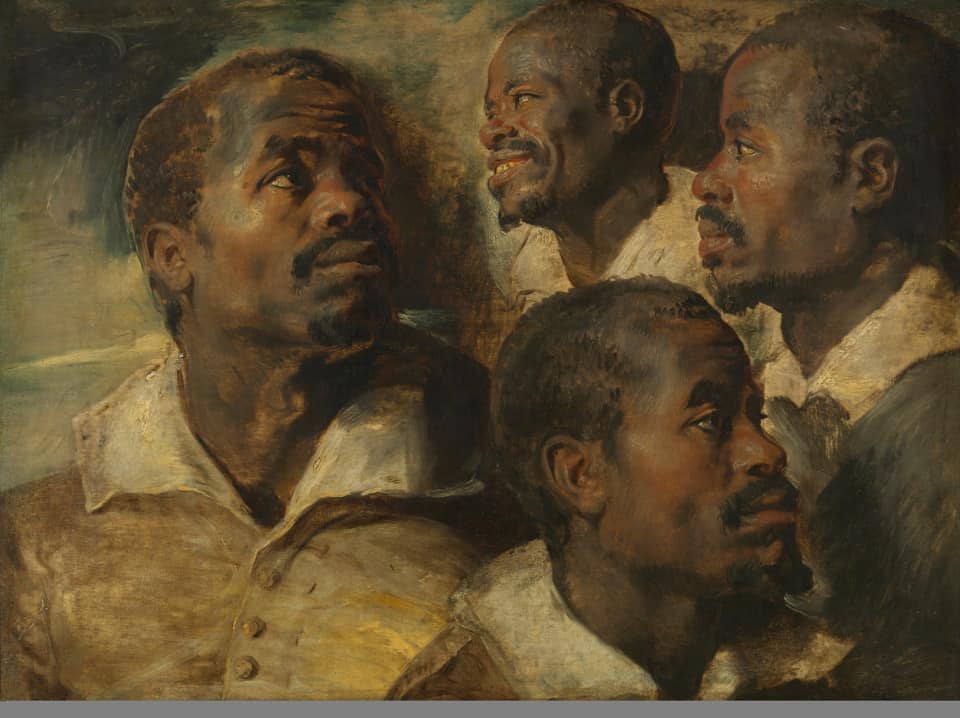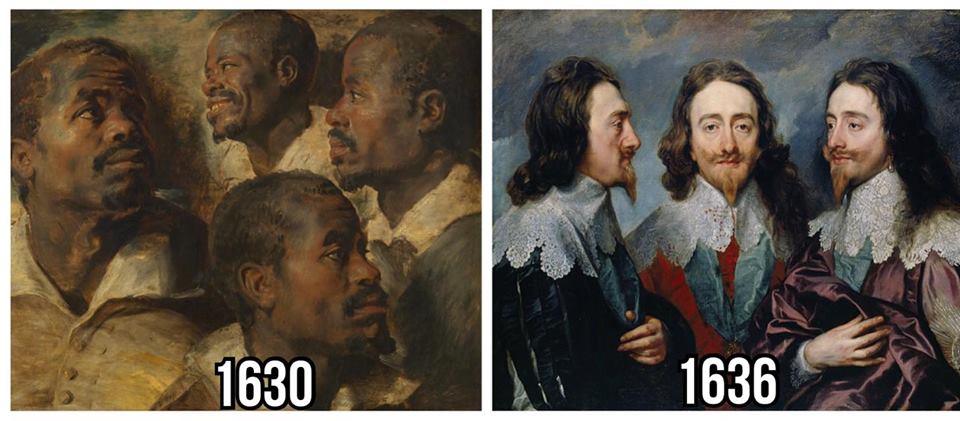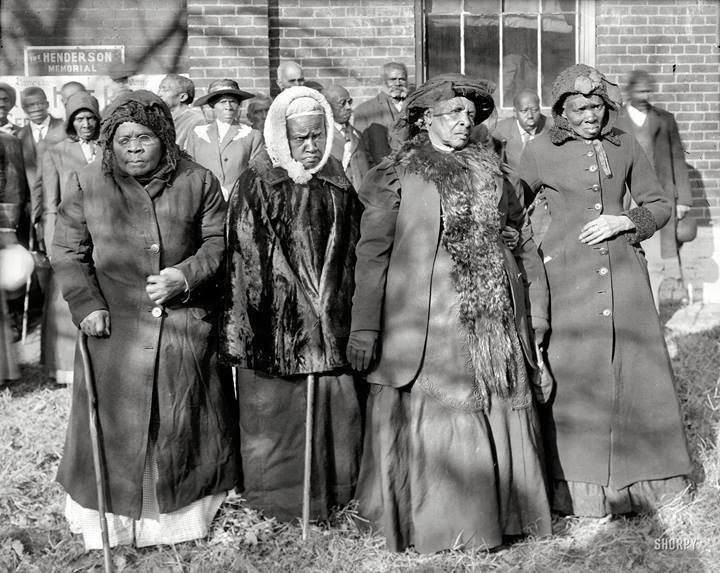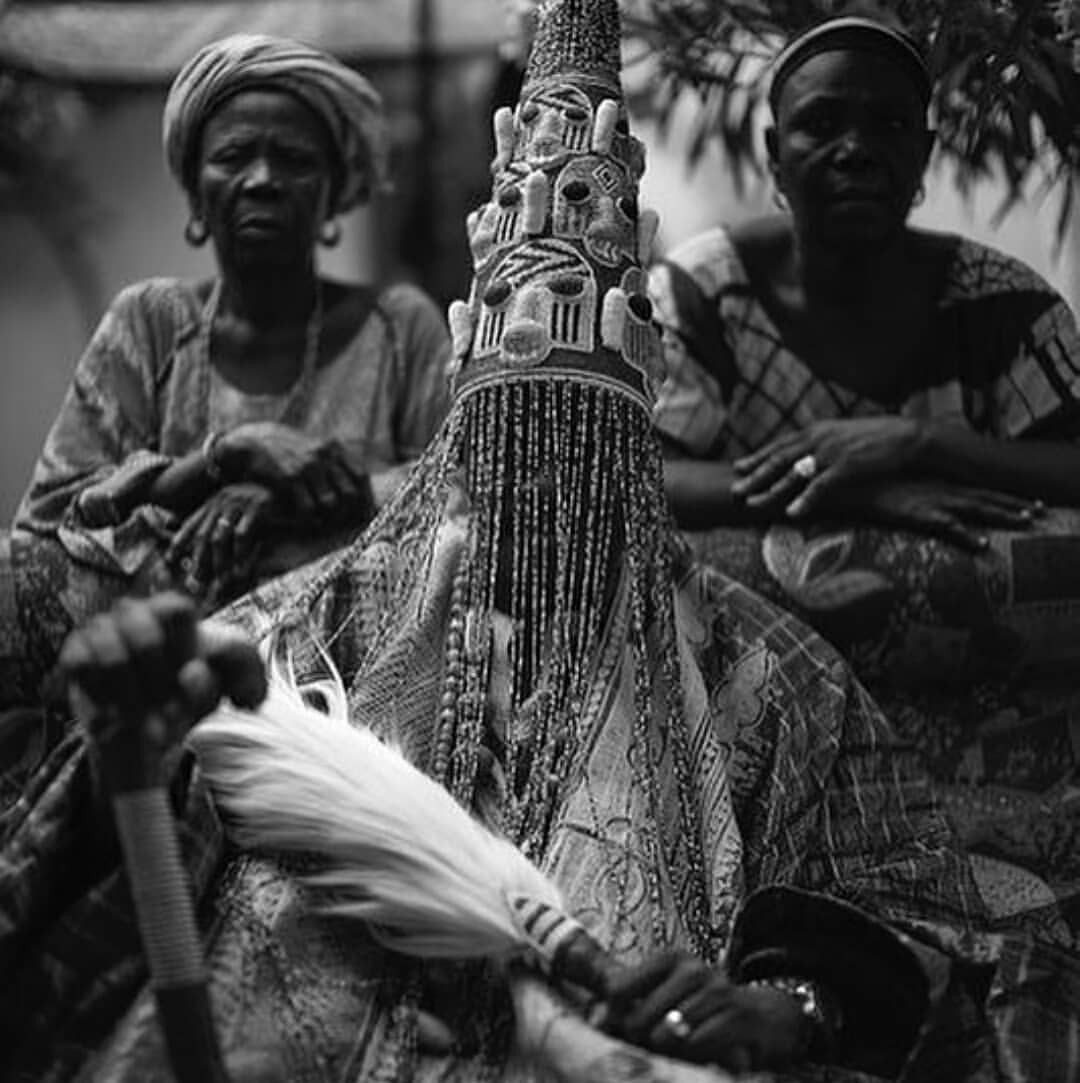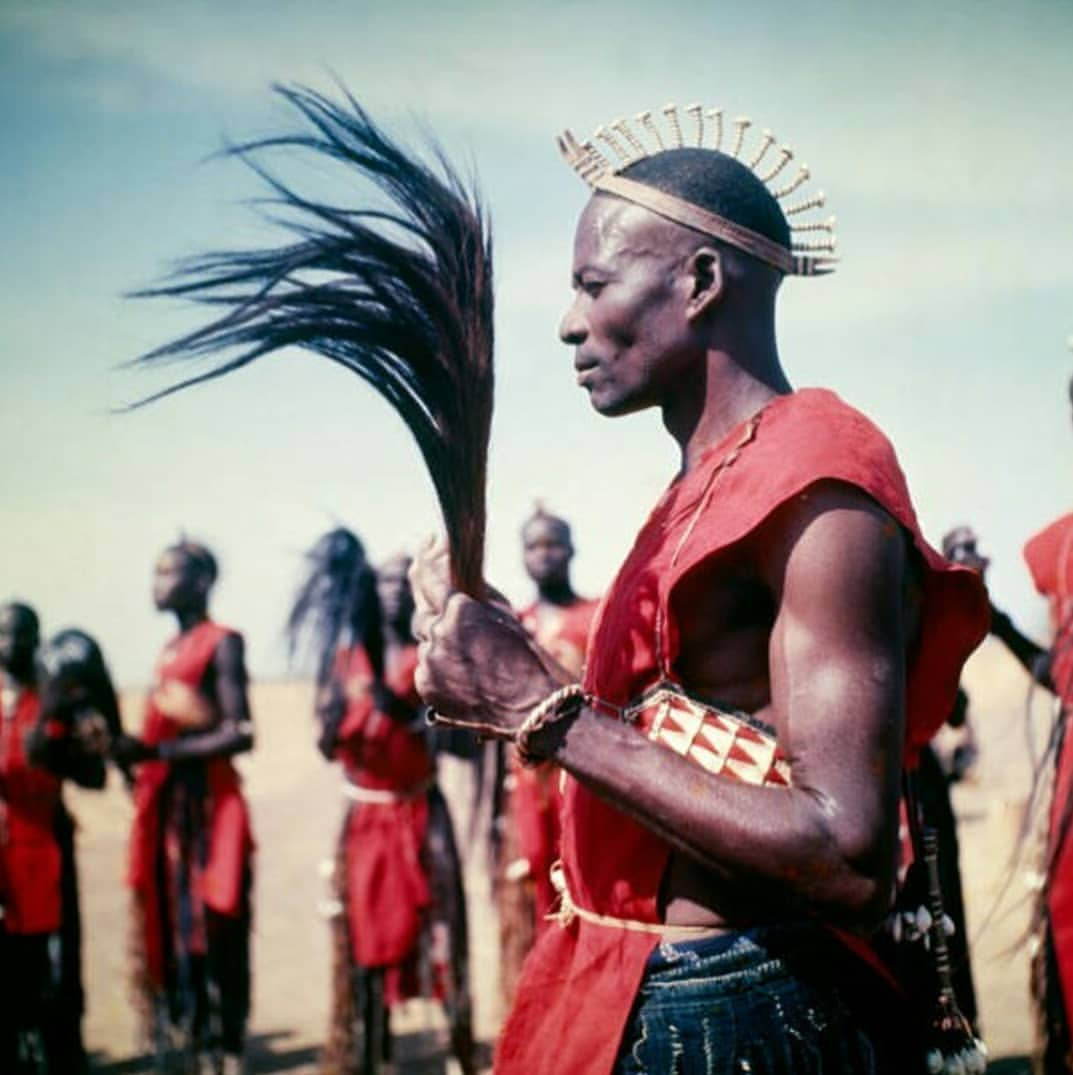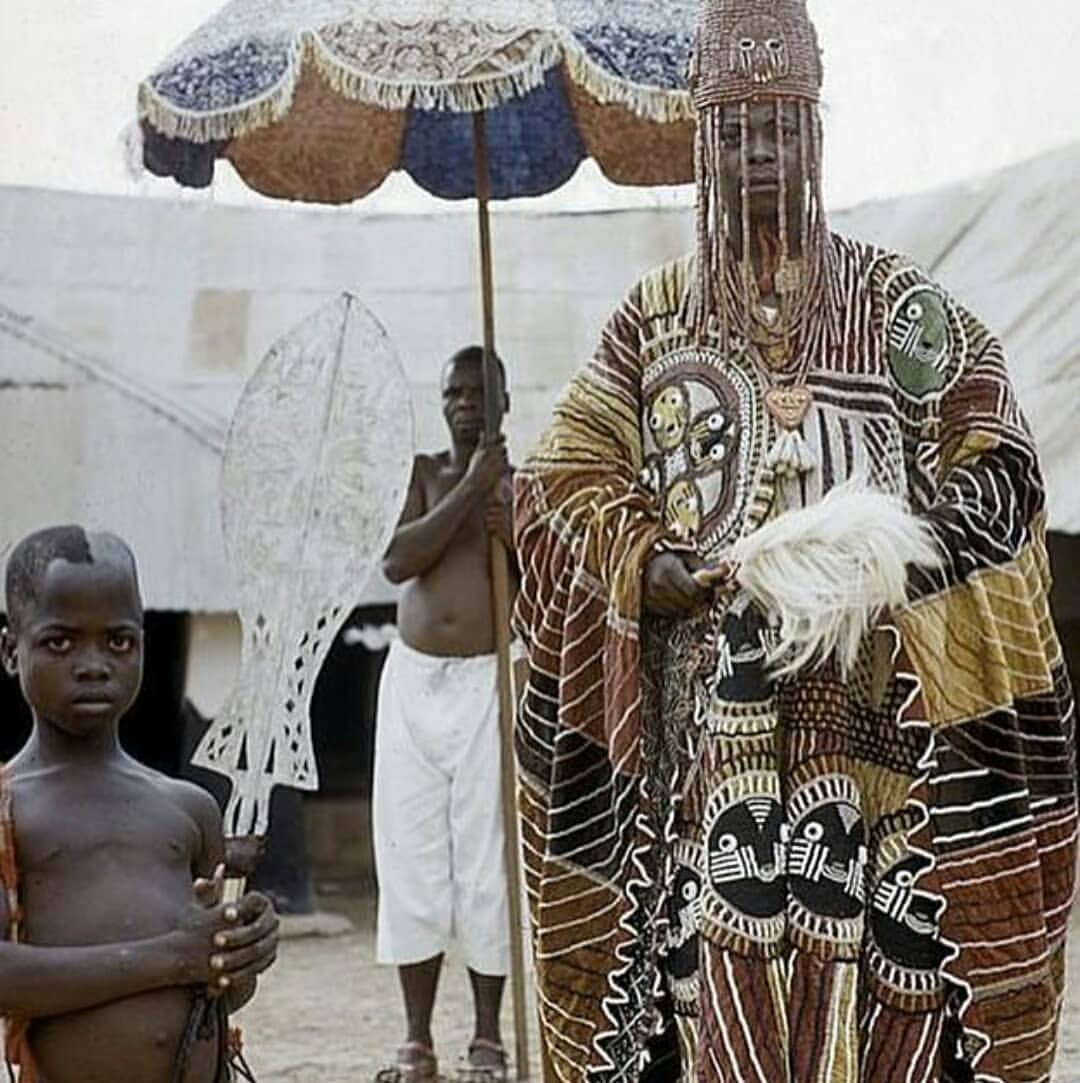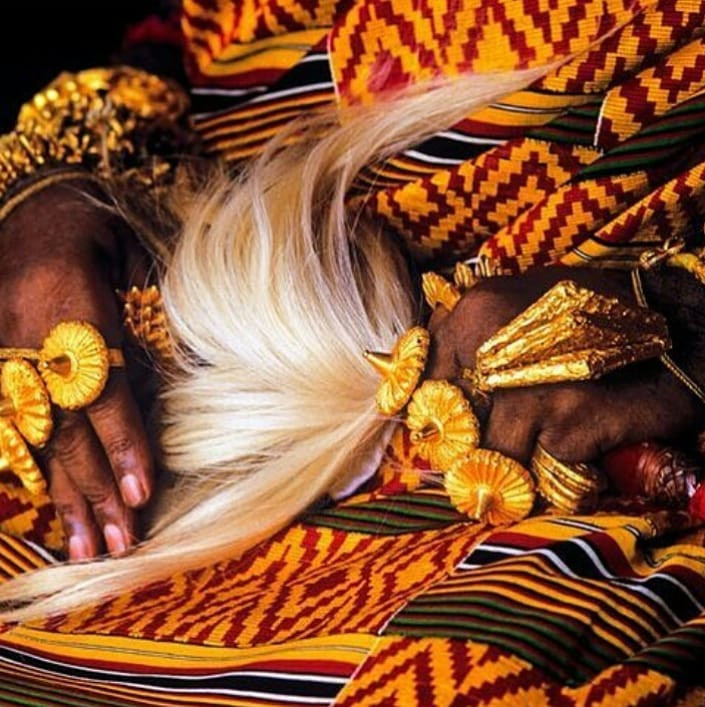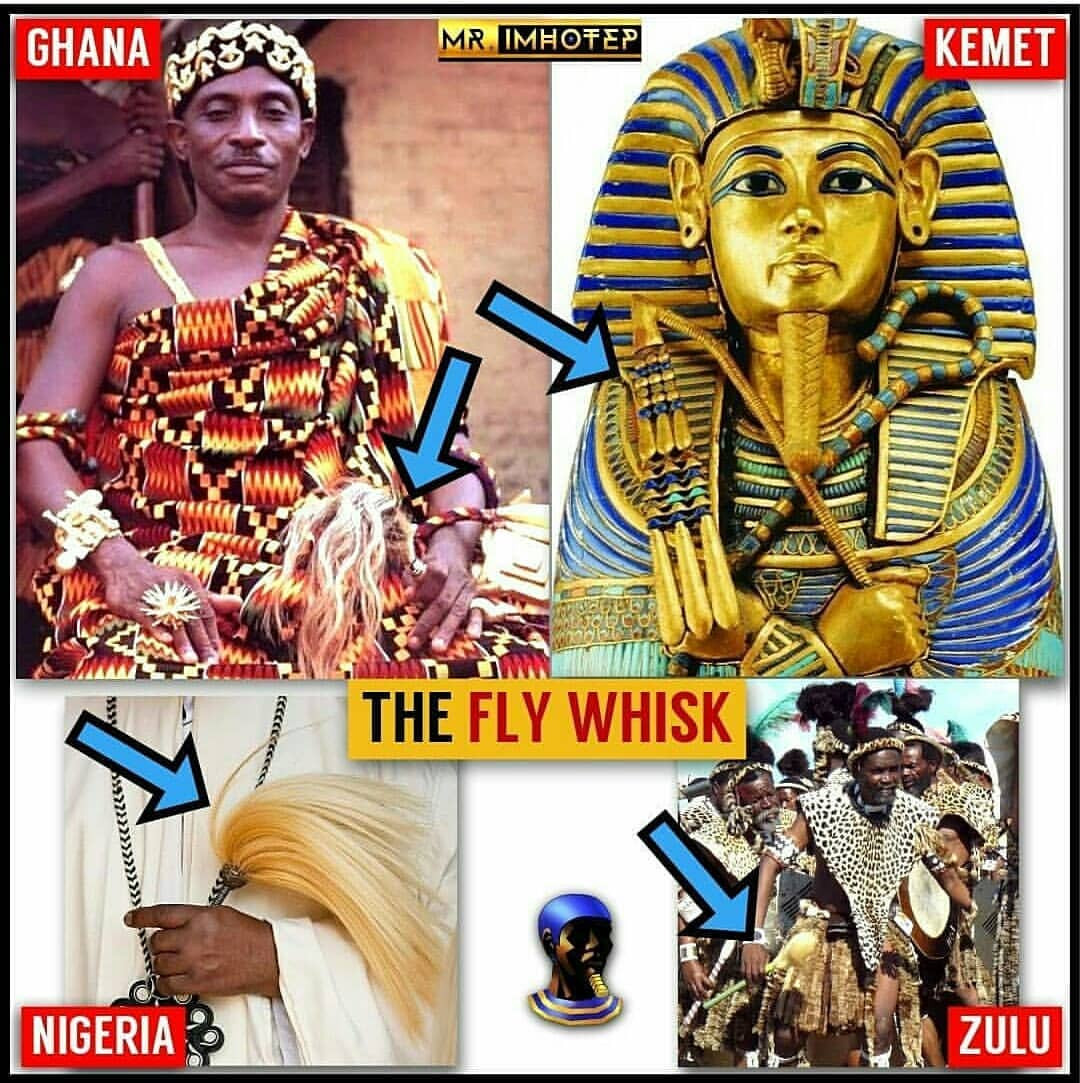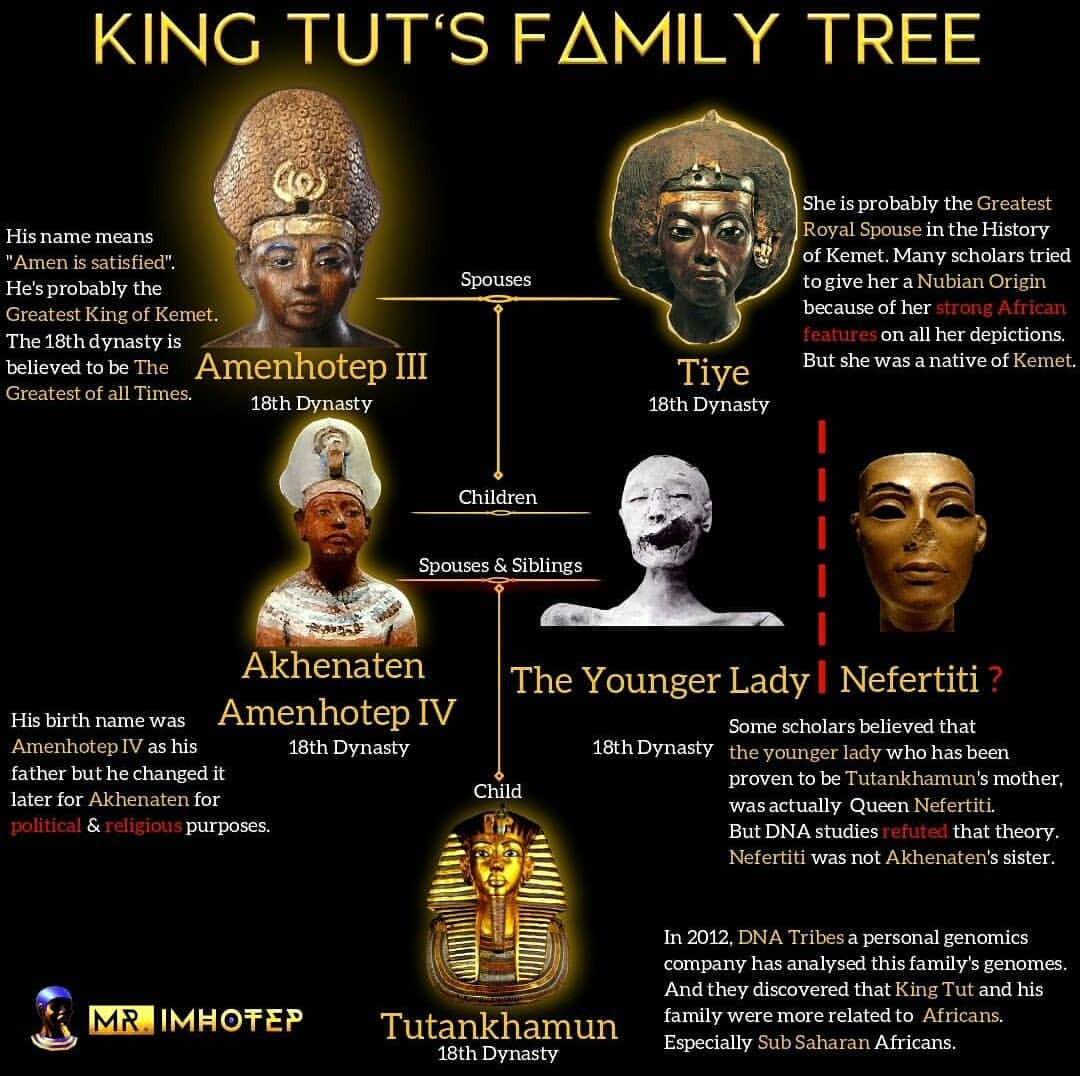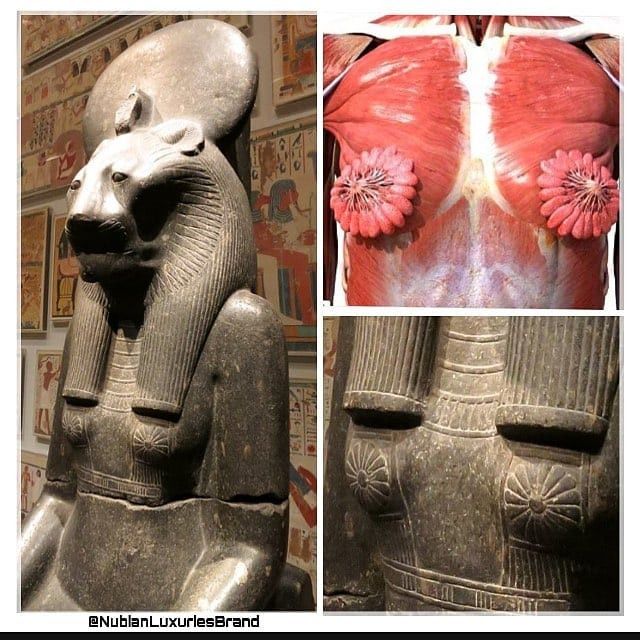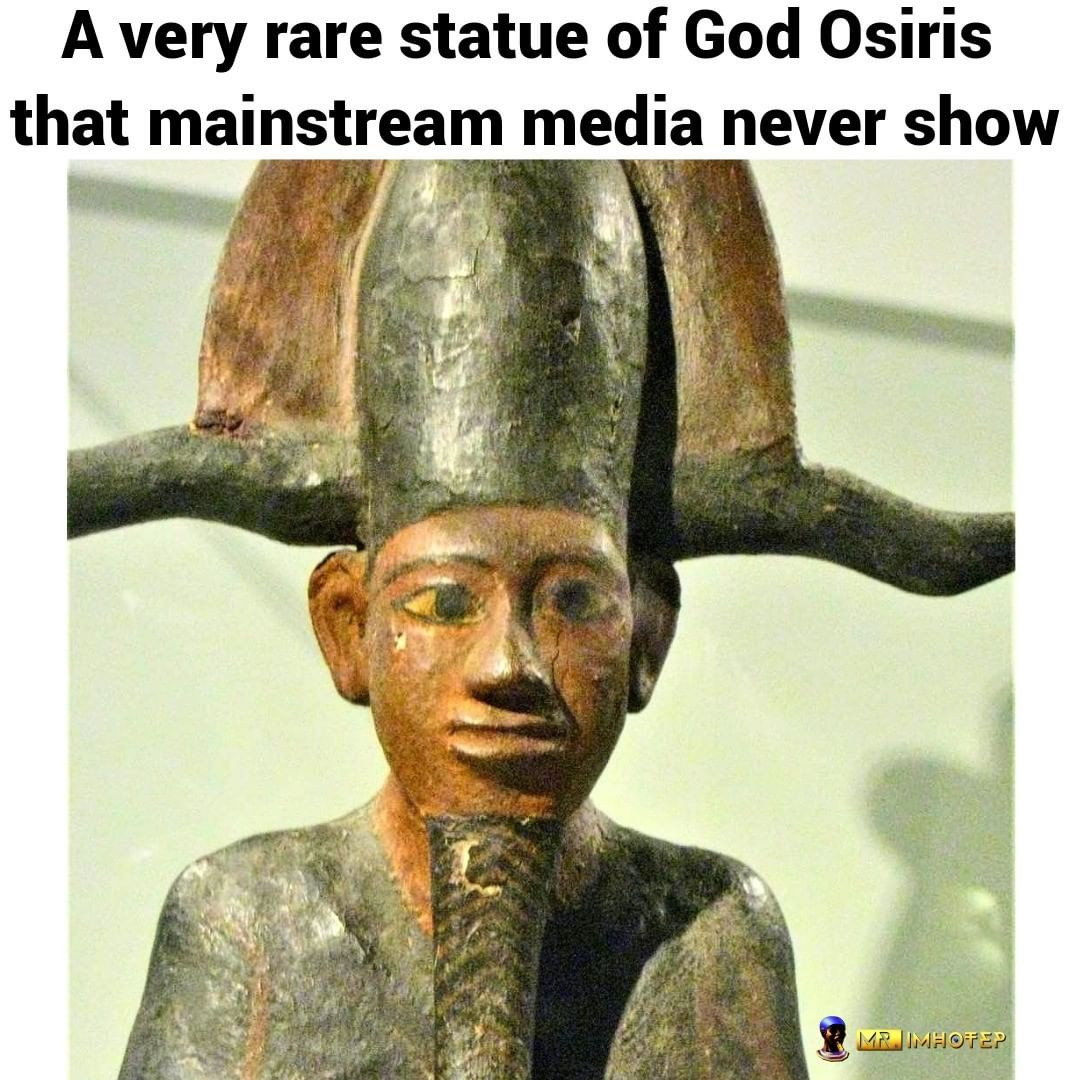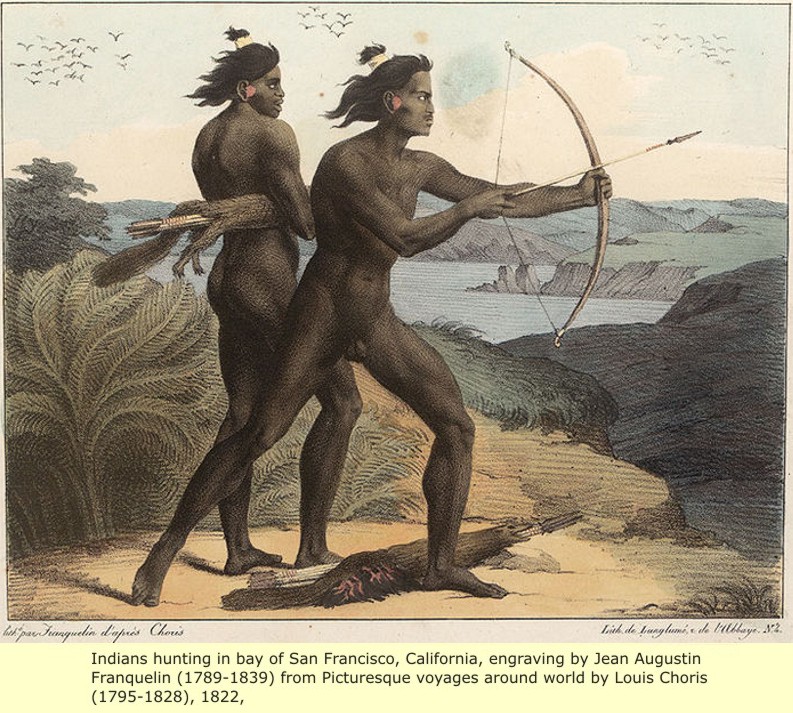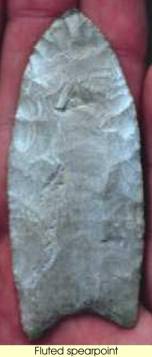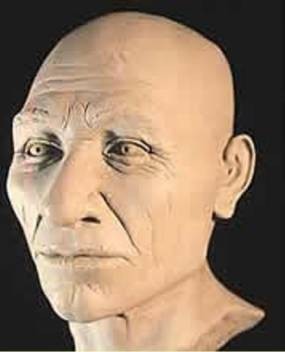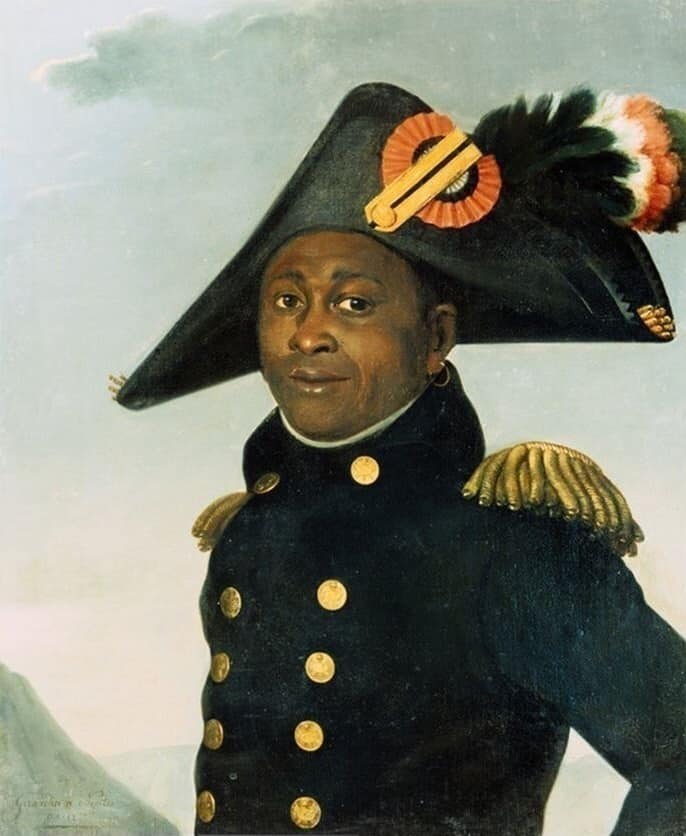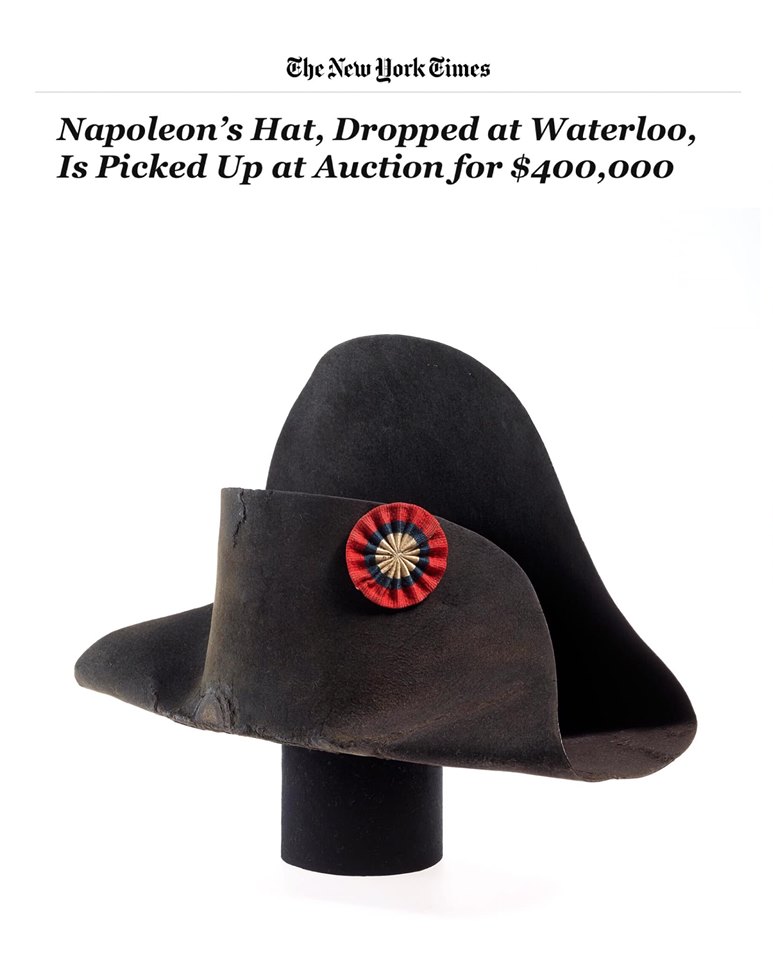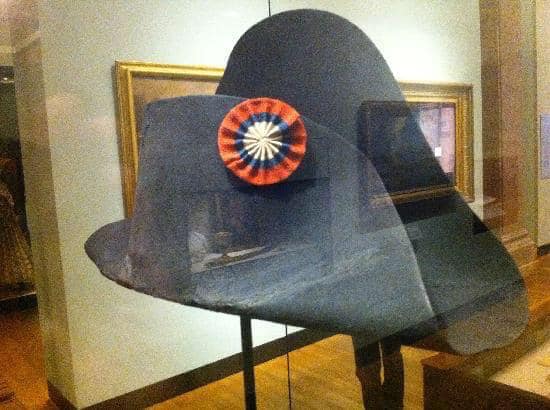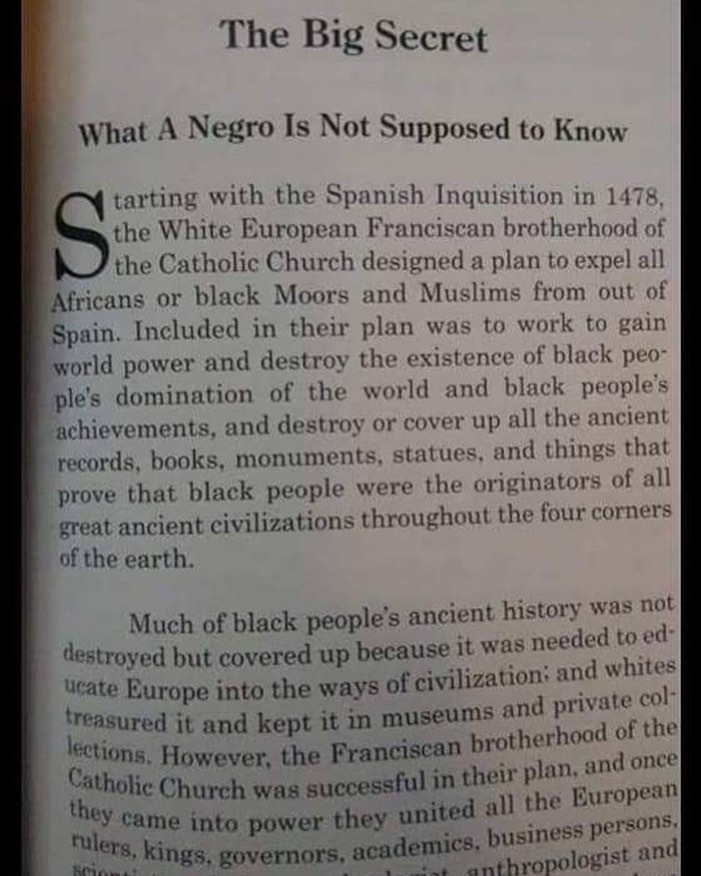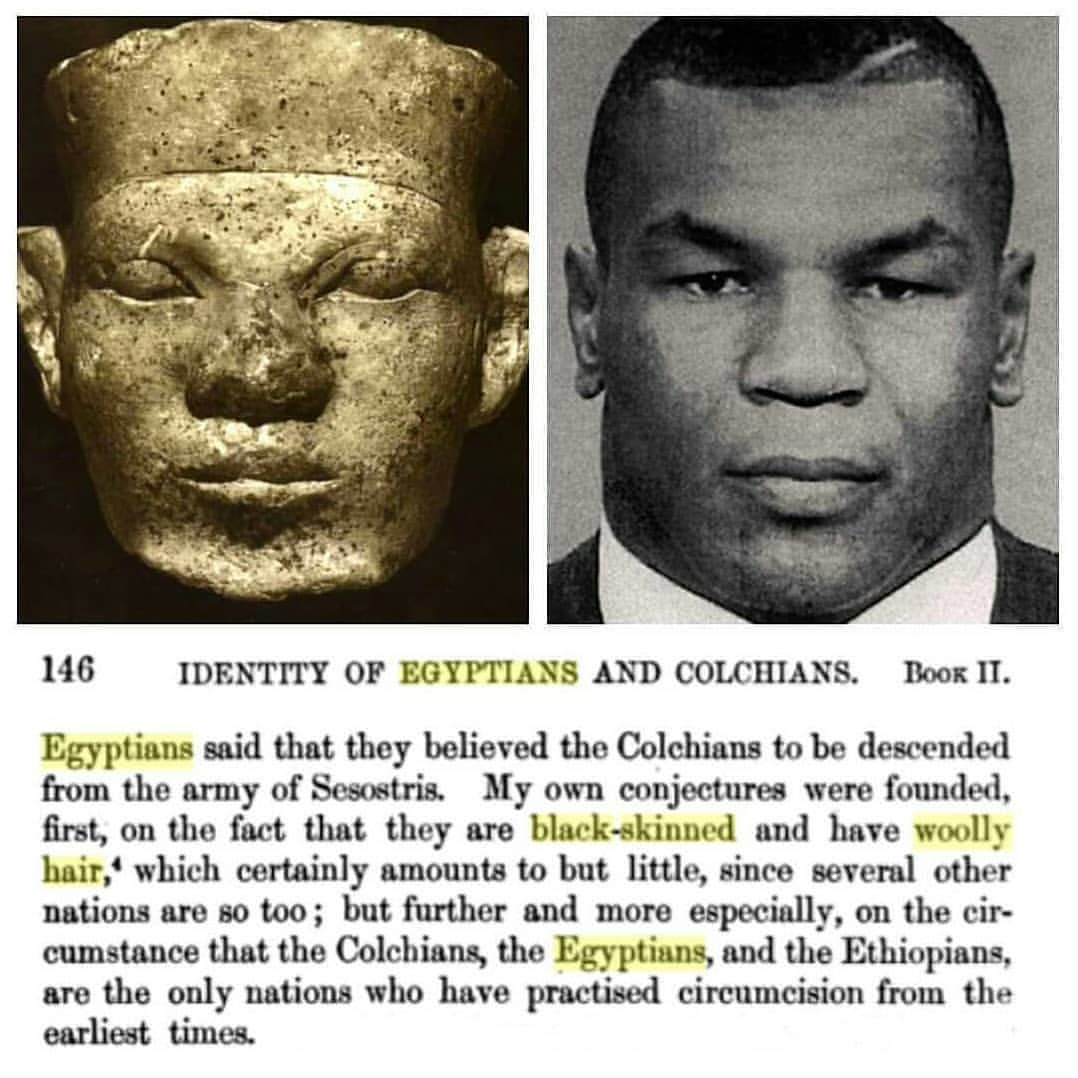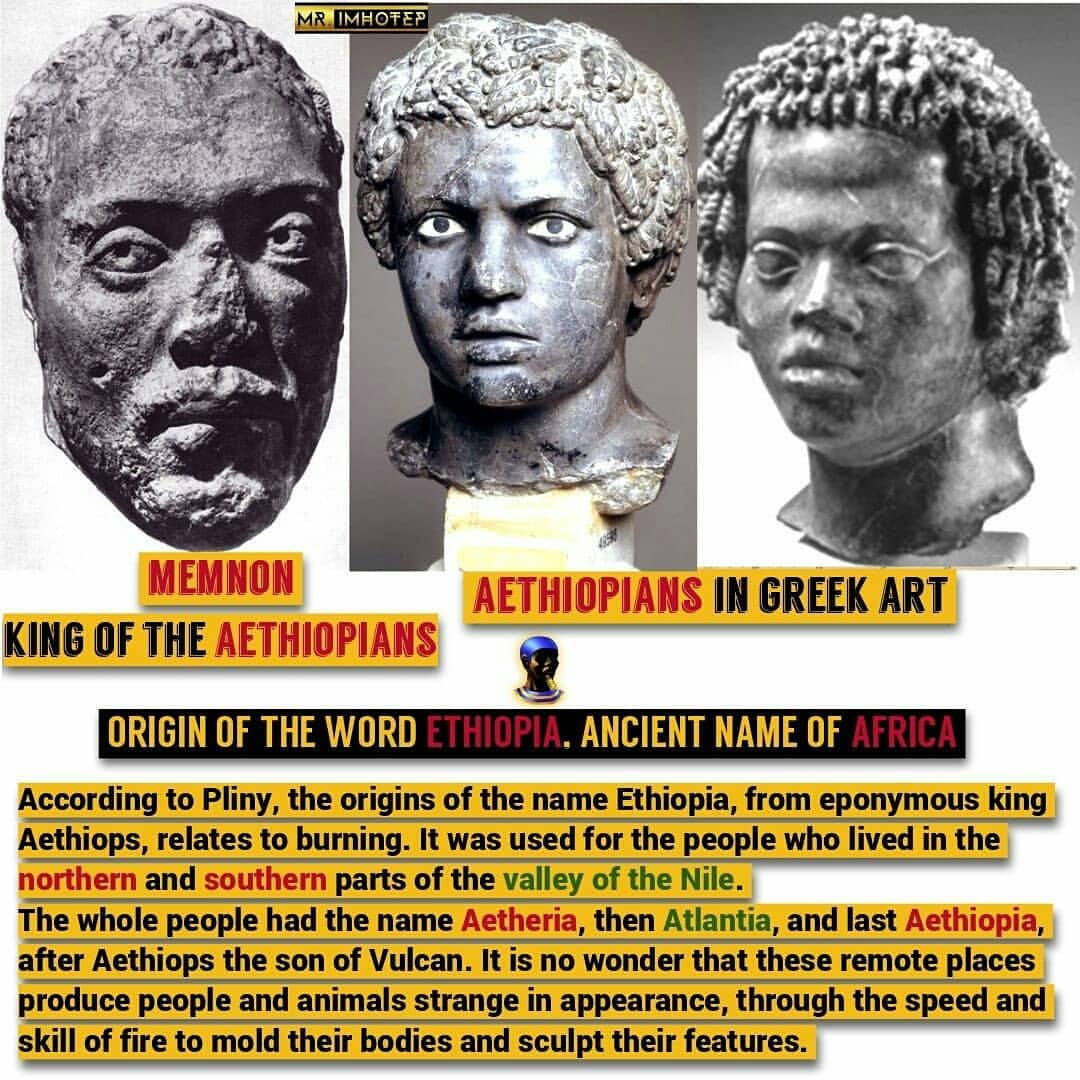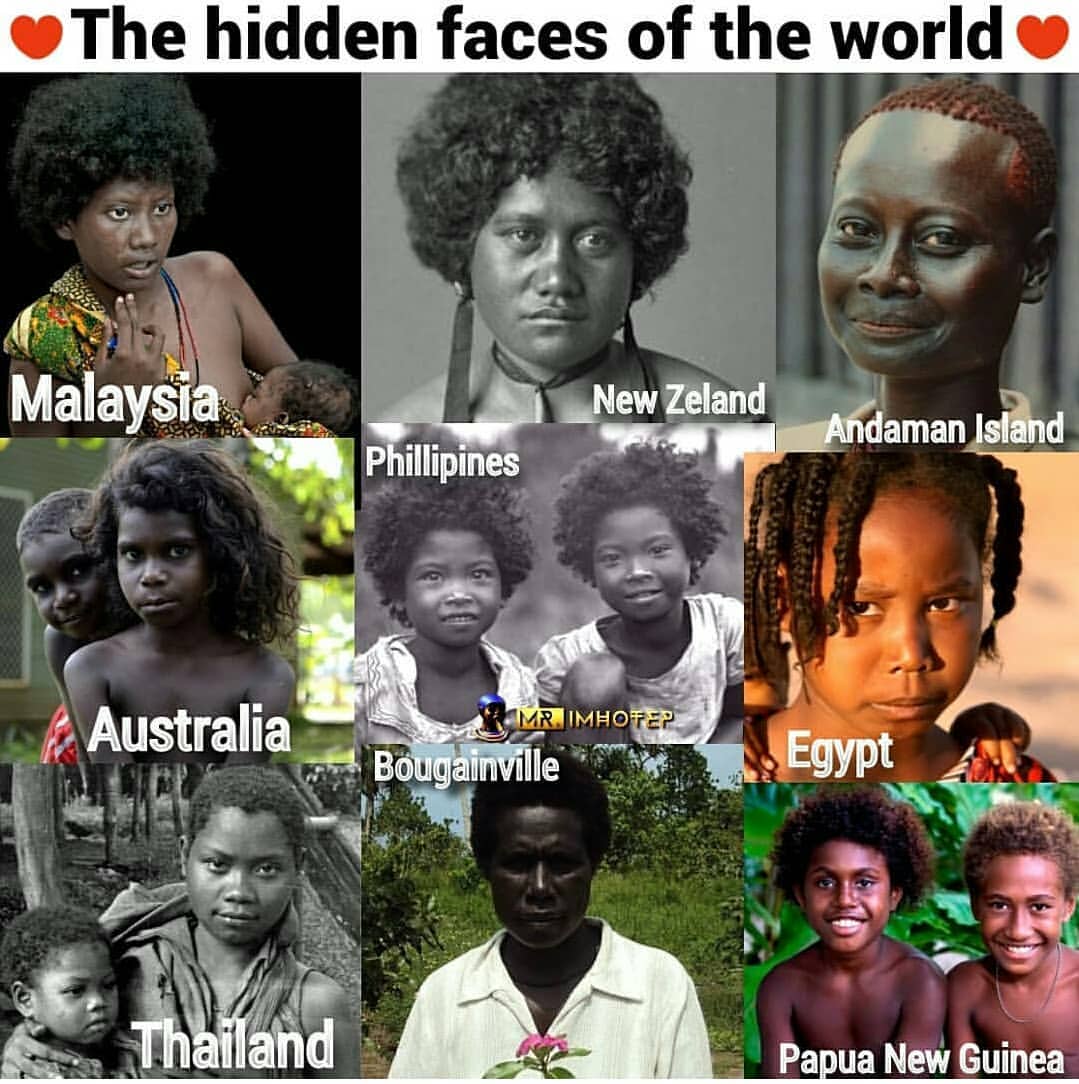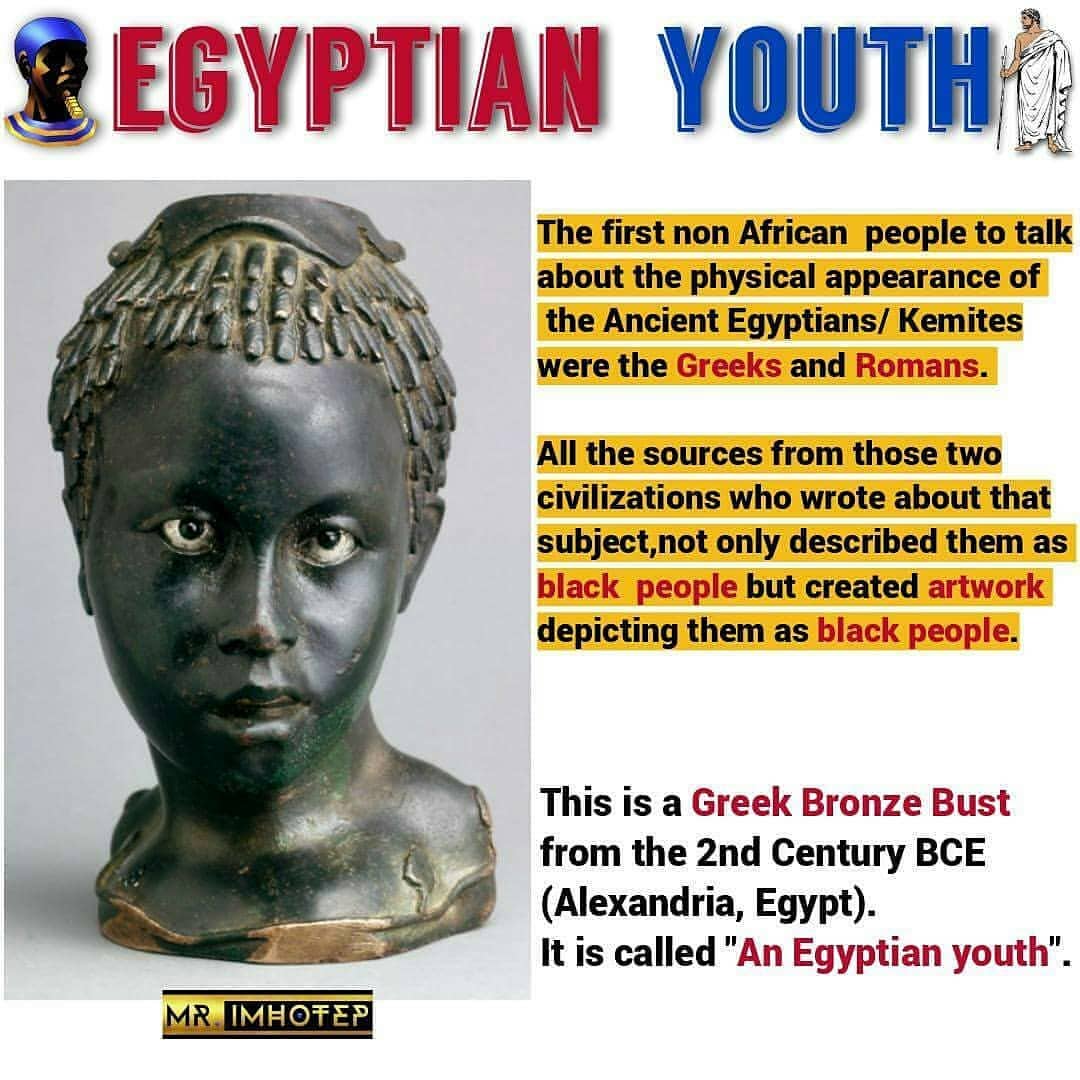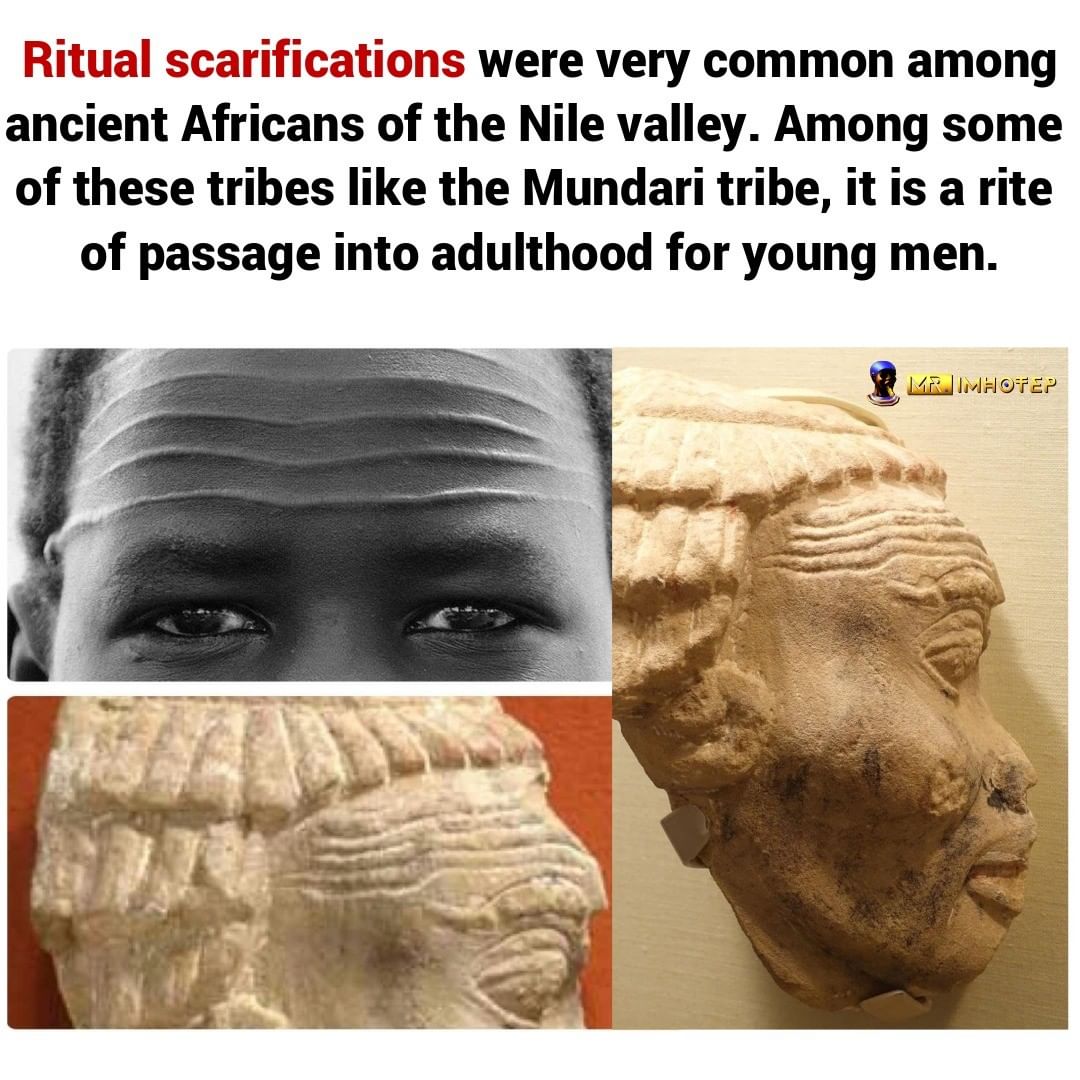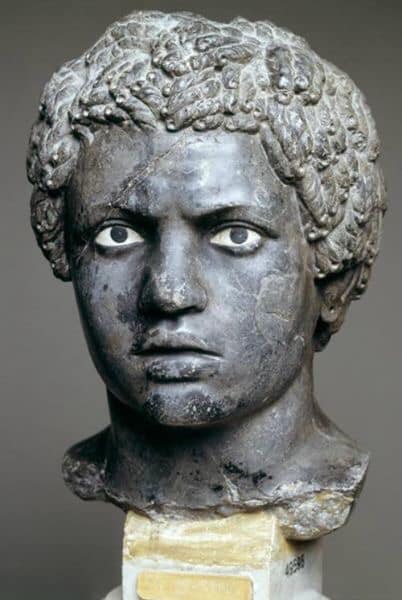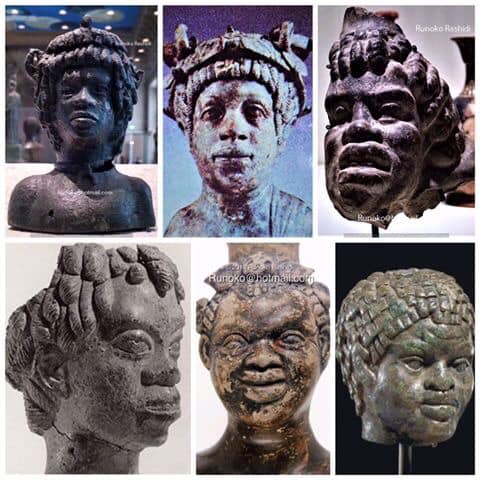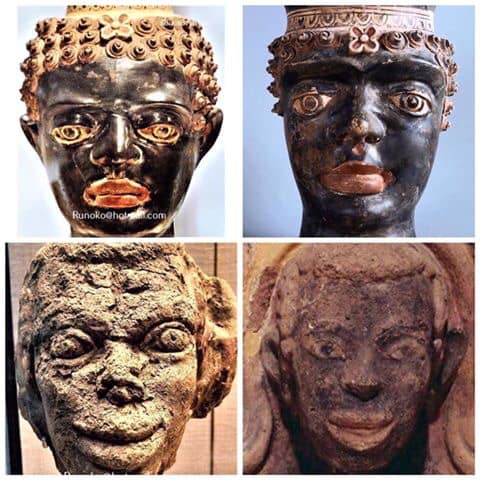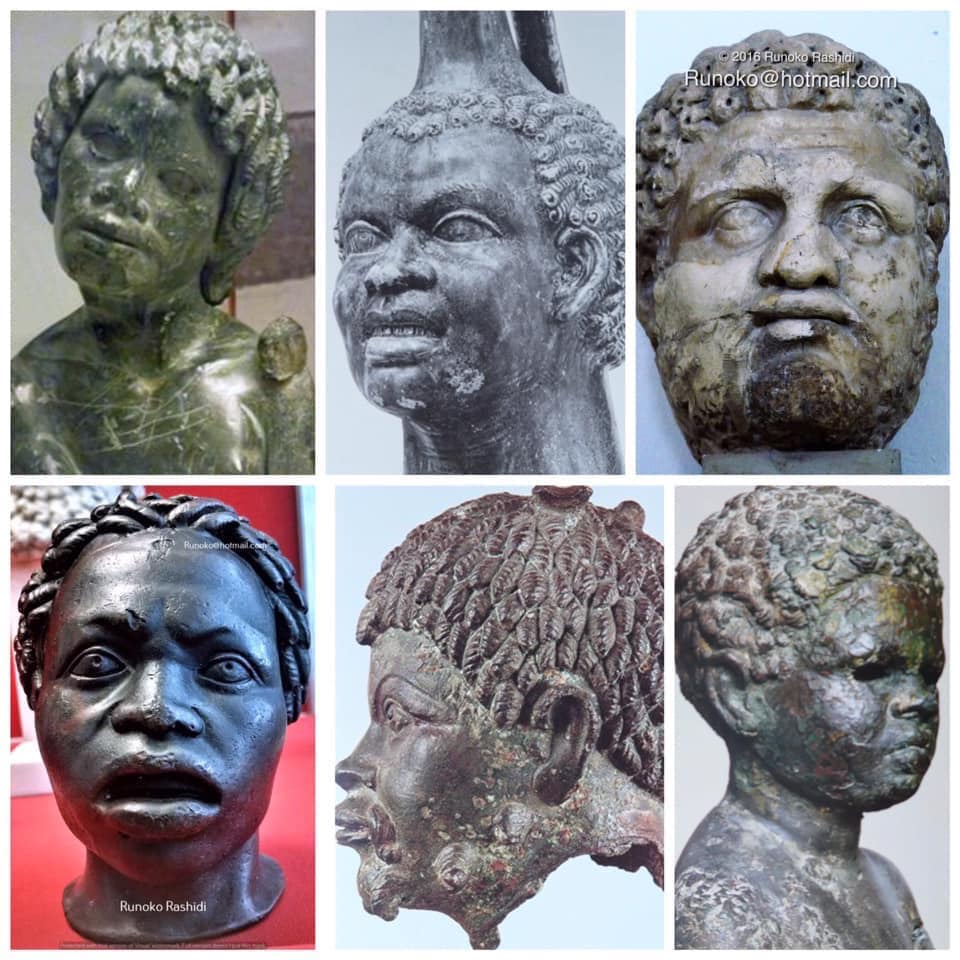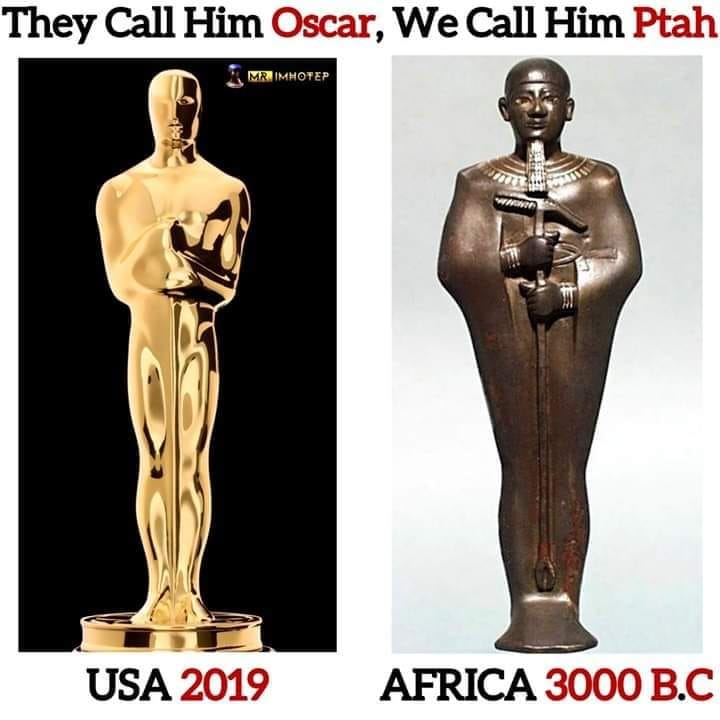The Daily Dose
MAY 02 2019
Isaac Burns Murphy cased the track like Muhammad Ali did the ring, read thoroughbreds like Hank Aaron read pitchers and dominated Churchill Downs like Tiger Woods dominated Augusta National. Which is to say that, when it comes to the sport of horse racing, he was the most idolized and scrutinized athlete of his time, worshiped by Black and White fans alike.
Yet Murphy is obscured, whitewashed by a sport that wasn’t ready for his celebrity or his blackness. That’s because, unlike his peers in the athletic pantheon, Murphy was born into slavery, in January 1861, two months before the inauguration of President Abraham Lincoln. And with the 145th running of the
Kentucky Derby taking place this Saturday, it’s worth reflecting on the larger-than-life story of Murphy and the other Black jockeys who dominated the nation’s most popular sport of the late 19th-century — before the rise of Jim Crow laws and racist tactics within the sport lashed back.
Murphy’s success began with an unintended consequence of slavery: It was an environment that threw Black men into
working with horses from an early age. As Emory University professor Pellom McDaniels III wrote in his biography of Burns,
The Prince of Jockeys, the future star grew up in a postwar Kentucky where the development of prized sheep, cattle and, yes, horses were left to the formerly enslaved — it was work seen as beneath the stature of the White elite. “As horse racing became exceedingly important to the landed gentry, grooms, trainers and jockeys rose in prestige on Kentucky farms,” McDaniels writes.
That created an opportunity for Black men to rise to prominence in the sport. Raised alongside Black horse-racing peers such as Pike Barnes, Soup Perkins and Willie Simms, Murphy began racing at the age of 14, with his first win in September of 1875. That was also the year of the first Kentucky Derby, where 13 of the 15 jockeys (including winner Oliver Lewis) were Black men. Two years later, Murphy would ride in the Derby for the first time, placing fourth.
Most jockeys dug into their mounts with a whip and a crouched, bullying stance, but the teen Murphy rode crouched and urged his charge forward with calming words. As others galloped ahead, he conserved his horse’s stamina, only to press forward at the end of races to snatch victory over his competitors’ worn steeds.
The unconventional tactics led to victory. He would win the Kentucky Derby for the first time in 1884, and the Kentucky Oaks and the Clark Handicap that same year — a trifecta he’s still the sole jockey to accomplish. According to his own analysis, Murphy won 628 of his 1,412 starts, an absurd 44 percent victory rate (another calculation, conducted later, had him at 530 of 1,538, a 34 percent rate that still dwarfs the greatest all-time official tallies in horse-racing record books). He became known as “The Colored Archer,” a reference to the English racing great Fred Archer, although, ironically, it was Archer who was taking after Murphy. “Archer picked a lot of his mannerisms in the saddle and spread them throughout England,” says Brien Bouyea, communications director for the National Museum of Racing and Hall of Fame.
At the height of his fame, he was making tens of thousands of dollars a year from wealthy breeders, making him the highest-paid jockey in the U.S.
To say Murphy became a victim of his own success would be to mistakenly erase the culpability of those who were truly responsible for his downfall. At the height of his fame, he was making tens of thousands of dollars a year from wealthy breeders, making him the highest-paid jockey in the U.S. “Murphy was the first millionaire Black athlete,” as Joe Drape, author of
Black Maestro, told CNN in 2013.
But Murphy’s ascension was troubling the status quo. The idea that their young sons were idolizing a Black man likely troubled many of the sport’s wealthy White patrons, says Katherine Mooney, a history professor at Florida State University. “That is a whole different mindfuck for somebody who is fundamentally racist,” she says. After a famous victory at Sheepshead Bay in 1890, Murphy gave an interview to the Black journalist T. Thomas Fortune. While his words were simple — “I ride to win,” he said — Fortune wrote that it was men like Murphy who would lead the fight to end U.S. racism. That same year, he won the Kentucky Derby again.
Soon after, Murphy fell off his horse after a race. Critics pounced, saying he was drunk on the job, which Murphy vehemently denied. It’s still a matter of dispute.
Alcoholism and extreme crash-dieting tactics — including eating tapeworms — were the scourge of the racing world as jockeys struggled to drop pounds.
His reputation didn’t recover in his lifetime. He would win one more Kentucky Derby in 1891 — riding the first, and only, winning horse owned by a Black man (Dudley Allen) — before retiring as the first person to ever win it three times. He died of heart failure, in February 1896, at age 35. Three months later, the Supreme Court upheld Plessy v. Ferguson, which confirmed the constitutionality of a Jim Crow law in Louisiana, paving the way for segregation efforts across the South.
African American jockeys had won the Derby in half the races from 1875 to 1905, and Murphy was entered into the Racing Hall of Fame upon its inauguration in 1955 (an annual award is even named after him). But no African American jockeys rode in the Kentucky Derby at all from 1921 to 2000. In this year’s race, there are jockeys from Venezuela, Colombia, France and Jamaica, but no African American riders. As Mooney
writes: “The history of the Kentucky Derby, then, is also the history of men who were at the forefront of Black life in the decades after emancipation — only to pay a terrible price for it.”
https://www.ozy.com/flashback/the-first-three-time-derby-winner-was-a-former-slave/94160